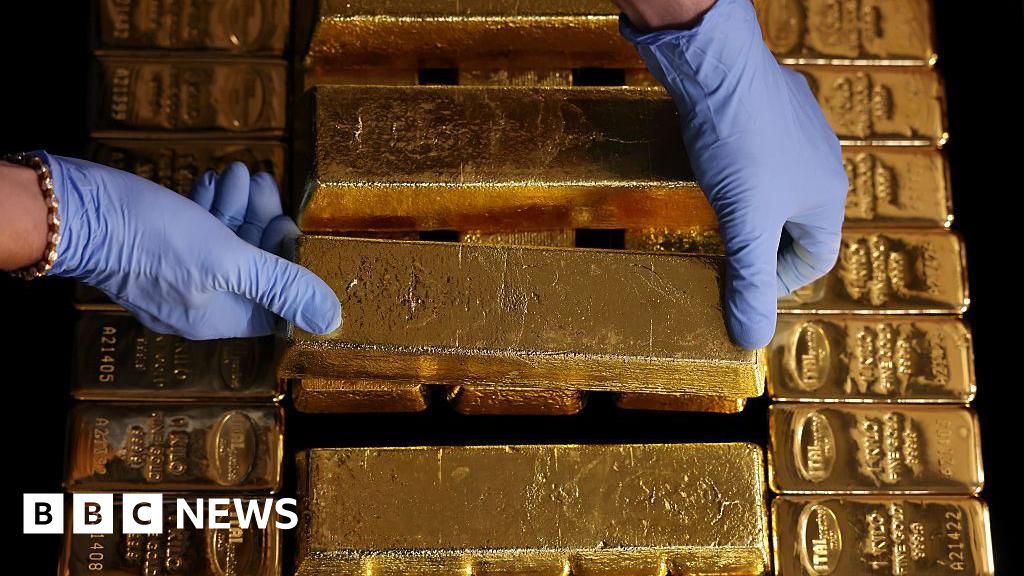Gold and Silver Dip as Stocks Pause: Market Outlook & Opportunities

Market Overview: Gold and Silver Dip Amid Stock Pause
Gold and silver prices have pulled back from recent record highs as stock markets show signs of cooling off after a strong rally. On October 20, gold edged down to $4,239.36 per ounce, reflecting a slight 0.19% loss, while silver also declined to $51.82, down 0.34%[1]. This retreat comes amid investor caution as Asian equities slipped following Wall Street's brief pause.
Factors Influencing Precious Metals
The pullback in precious metals is influenced by a stronger U.S. dollar and tempered expectations of Federal Reserve interest rate cuts, which typically support gold as a non-yielding safe haven. Additionally, industrial demand for silver has softened, contributing to its price slide from recent peaks[3]. Despite short-term dips, analysts note that ongoing global uncertainties may trigger renewed buying interest in gold and silver.
Outlook for Investors
While prices have retraced somewhat, the volatility presents potential opportunities for strategic investors. Historically, price drops in precious metals often precede fresh rallies, suggesting this period could be a prudent entry point for those considering diversification beyond stocks and bonds[2]. Market watchers remain attentive to geopolitical developments and central bank policies that will shape the next phase.
About the Organizations Mentioned
Federal Reserve
## Overview and Mission The Federal Reserve, often called the "Fed," is the central bank of the United States, established by Congress in 1913 to provide the nation with a safer, more flexible, and stable monetary and financial system[1]. Its mission centers on a dual mandate from Congress: to promote maximum employment and maintain price stability, ensuring the dollar retains its value over time[1]. The Fed operates through a unique hybrid structure, combining a national Board of Governors in Washington, D.C., with 12 independent regional Reserve Banks, including institutions like the Cleveland Fed[1]. This decentralized setup allows the Fed to closely monitor economic conditions across diverse regions, industries, and communities, while maintaining independence from short-term political influences[1]. ## Key Functions The Fed’s responsibilities are broad and vital to the U.S. economy. It conducts monetary policy—primarily by influencing interest rates—to achieve its employment and inflation goals[2]. The Fed also supervises and regulates banks to ensure the safety and soundness of the financial system, works to minimize systemic risks, and fosters efficient payment and settlement systems[2]. Additionally, it promotes consumer protection and community development, addressing emerging issues through research, supervision, and enforcement of consumer laws[2]. ## History and Evolution The Federal Reserve is the third central bank in U.S. history, following two failed attempts in the 19th century[1]. Its creation was a response to the financial turbulence of the early 20th century, aiming to prevent crises and stabilize the economy. Over time, the Fed has evolved, adopting more transparent and inclusive policymaking processes. For example, it now conducts regular reviews of its monetary policy framework, engaging with academics, businesses, and the public to refine its strategies and communications[3][5]. ## Recent Developments and Achievements In 2025, the Fed completed its second major review of its monetary policy strategy, tools, and communications, reaffirming its commitment to transparenc








